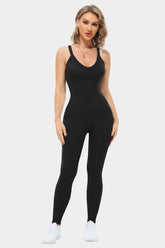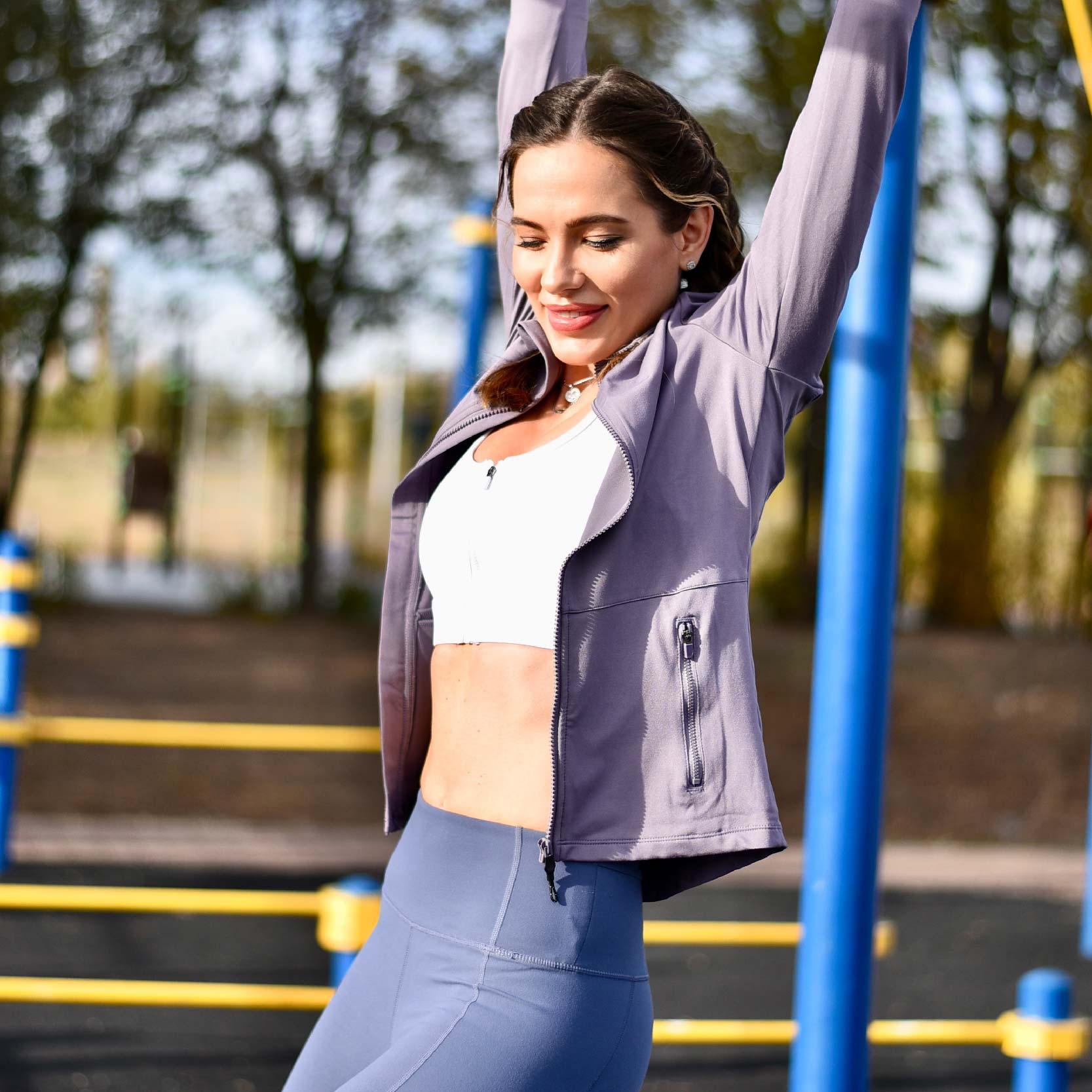Are You Practicing Yoga After Eating
Do you consider yourself a fan of yoga? Whether you practice just for the mental benefits or to keep your body in shape, things must consider some things before taking part in yoga after eating.
After eating, your digestive system is less efficient and poses a greater risk of bloating and cramps. You also might feel fuller as the food enters your stomach, which can cause discomfort when attempting postures requiring flexing or bending at the waistline.
It poses a problem for people who practice yoga at home.
Some yoga teachers recommend waiting at least two hours after eating to avoid potential problems. Waiting for a shorter time may still cause discomfort, especially if what is eaten is high in fibre or protein.
For this reason, it is best to concentrate on being in the moment of your practice and letting your body do what it feels comfortable doing rather than forcing yourself into tricky positions just because they are part of the routine.
If you feel a pose is too difficult, walk away from the mat.
How soon can you do yoga after eating?
It would be beneficial to wait at least two hours after eating to prevent bloating, discomfort and cramps.
As a general rule, we should avoid eating anything that could cause discomfort while doing asanas is best.
Some people practice yoga after eating because they focus more on exercise than a balanced diet or proper hydration.
Yoga, according to many people, has never been just a physical activity but a mental and spiritual experience.
However, some people find that the physical benefits of yoga are absent when they have eaten within an hour of their practice.
It may take several hours for your body to process what you have eaten and thus be in an ideal state for practising.

Suitable yoga Poses after eating.
One can modify the following poses.
Boat Pose: Lie on your back and bend your knees to bring the inner thighs close to chest level. Tuck your toes and grip your feet firmly with your hands. Keep the back straight and lift the tummy to position your chest above the knees. Keeping your legs bent, roll over onto one side at a time to complete a series of boat pose with breathing variation on each side of this starting position for eight breaths for each side.
Cat/Cow: Use hands or elbows as props if needed, sitting in cat pose or standing in cow pose.
Ina cat pose, arch the back and bend the head forward, breathing deeply. Tuck the chin and chest in the cow pose, rounding out the back as you breathe deeply. Hold for five breaths.
Child's Pose: Kneeling with hands on either side of hips, placing forearms onto the mat with elbows close to the body. Tip head forward and hold for five breaths.
Downward Facing Dog: Standing on all fours with hands directly below shoulders and knees bent slightly behind hips, press palms into the floor. Move heels toward the ceiling to raise the body into a V-shape and tighten buttocks muscles to push the upper torso upward while keeping heels on or slightly raised off the floor.
Downward Facing Dog with blocks: This pose can also be practised using blocks to provide more significant elevation for the hands than what would usually be gained from simply pressing the palms into the floor.
Extended Triangle: Take a standing forward bend and lift your left leg directly to the side and up, placing your leg at a 90-degree angle. Allow your raised foot to rest on your standing foot's ankle or calf region. Reach forward with both arms, bringing palms together in front of your extended leg.
Standing Forward Bend: Standing upright, place hands on hip creases and bend forward at the waist as if reaching toward the toes. Keep back straight and head lifted, going as far ahead as possible while keeping the spine straight. Keep your knees soft to make this pose more comfortable. Hold for several breaths.
Triangle: Standing upright with right foot slightly in front of left, raise right arm and place a hand on the outside of the right thigh, elbow pointing downward at a 90-degree angle. As you bend your torso to the left, use your left hand placed on top of your upper body to balance yourself into the pose. Breathe deeply for five breaths or longer if comfortable or according to the instructor's instructions.
Wide-Legged Forward Bend: Standing upright, place hands on hips with fingers facing downward. Bend forward at the waist, keep your hips squared (don't round), and keep your toes on the floor. Bring your right knee to the floor or use a block to deepen the pose. Keep the back straight, and head lifted, reaching as far forward as possible while keeping the spine straight. Hold for five breaths or longer if comfortable or according to the instructor's instructions.
Warrior I: Standing with feet parallel and hips-width apart, place hands on raised knee creases and bend knees until you feel a stretch in your groin region and thigh muscles.
Warrior II: From a standing position, bring feet parallel. Turn your right foot and place your hands on the hips at hip creases. Bring left arm up with palm facing forward and right arm on the side of the body pointing backwards. Turn your right foot slightly, keeping your hips aligned and spine straight. Hold for several breaths.

Yoga positions that enhance digestion
Bhastrika Pranayama: This breathing exercise can be practised during seated poses and is said to induce weight loss. It stimulates digestive enzymes, increases metabolism, and improves digestion and the assimilation of nutrients. Bhastrika also helps to balance the left/right hemispheres of the brain.
To do this pranayama, sit with your spine erect in either Padmasana or Siddhasana. Place your hands on your knees while palms facing upward and concentrate on your breathing, expanding your chest and abdomen fully with each breath. Inhale deeply through both nostrils, then exhale sharply through the nose, contracting your stomach muscles simultaneously. Exhale fully, then inhale deeply again. This cycle is to be repeated several times.
Halasana: A seated forward bend, this exercise releases constriction or adhesions in the intestines and aids digestion. Sit on folded blankets with feet flat on the floor approximately shoulder width apart. Bend forward with upper body straight, spine long and head down. Place hands on knees straight out in front of you and align your shoulder blades over your back. Take a few long deep breaths to open up your abdominal area entirely before starting the movement; remember, as you exhale, lower your head further into the final position, then gently release back to the standing position pressing palms into knees for further extension of stretch.
Kapalbhati Pranayama: This exercise stimulates the peristalsis of the intestines. To do this, sit in a comfortable cross-legged position with legs straight and feet slightly apart. Place your hands back on your thighs, palms facing down and begin to inhale deeply. Exhale sharply through your nose while pumping your abdomen up and down as you exhale. Practice several times until you feel ready, then continue with the other sitting postures described in this book.
Shavasana: A final relaxation posture that aids digestion. It cools and refreshes the body.
Yoga postures that tone the back
Cat Stretch: Come onto your hands and knees, with palms facing downward. Keep your spine long and align the shoulders directly over the hips. Inhale as you arch your back up and round out your spine, and exhale as you round out, even more, allowing your head to drop below your heart. Hold for several breaths, then repeat.
Cow Stretch: Come onto all fours with hands directly under shoulders, knees bent now under hips and soft elbows, keeping arms straight. Gently round out your low back, then hold for several breaths before stretching further into a deep bow position (as described below) or moving on to other poses in this book.
Bent-Knee Forward Bend: Come out of a forward bend into your hands and knees, then, keeping your knees soft, come forward and place the palms on the floor directly in front of you. Gently round out your low back, then hold for several breaths before stretching further into a deep bow position (as described below) or moving on to other poses in this book.
Corpse: This full-body stretch tones and strengthens muscles from head to toe. Lie down with feet flat on the floor, knees bent slightly, and arms by sides. Turn your toes under slightly, keeping heels firm against the bottom (this will help prevent compression of tendons).

Yoga positions that may come in handy with stomach upsets
The following yoga pose may poke your stomach after enjoying a nice piece of meal:
Bow: From a kneeling position, sit back on your heels with knees comfortably wide apart. Come into the pose by bending your spine backwards, head coming towards hips with chin to chest. Lengthen your spine upward as you reach your chin toward the floor and round out the back of the neck, then hold for two breaths before returning to the kneeling position.
Spinal Twist: Start in a seated structured position with legs crossed (or in any sitting cross-legged position). Twist from upper body from left to right by placing the left hand on the outside of the right thigh and turning the torso to look over the shoulder. Bring the torso down slightly until the shoulders are resting on the thighs or low chair seat. Release hands down towards legs and hold for several breaths. Switch sides.
Fish: Start in a seated position, with legs crossed. Place your right hand on your left knee or thigh, then lift your torso up and back while exhaling, opening through the chest, and rounding out your low back. Keep your spine straight as you reach up high. Hold for several breaths before returning to the starting position.
Switch sides.
Yoga postures that decrease fat in the abdominal area
The following yoga poses ashram may decrease fat in your abdominal area:
Tadasana: This is the beginning of most poses and will help you feel good about your body. Come to a standing position with feet together. Keep hips and torso centred as you stretch up with arms overhead, reaching as high as possible. Spread your fingers wide apart, turning your palms upward, then lower your arms back down to the sides of your body. Take a few deep breaths, then move on to other postures in this book.
ParivrttaArdhaUttanasana: From the standing position, keep your hands on your hips, spread your toes downward, and step feet about three to four feet apart as you turn your back to the front of the room. As you bend the torso forward, reach your hands and arms behind you, then open up your chest to the ceiling by lifting your legs over your hips. Hold here for several breaths, then release down into a squat with heels touching the floor.
EkaPadaSarvangasana: This is one of the most versatile poses in the entire book. Begin in a kneeling position with knees together and feet flat on the floor. Press palms into the floor directly in front of you, keeping your upper thighs parallel. Gently begin to curl forward as you lower your buttocks towards the heels. Keep shoulders relaxed and soften them away from your ears as you round your back and push your hips forward. Lift legs off the floor, placing them onto forearms or upper arms. Hold for several breaths before returning to a flat position on your knees or immediately proceeding into other poses in this book.
Trikonasana: Step left foot about two feet in front of the right foot, so the feet are parallel, facing the opposite direction. Place right hand on the floor behind the right foot and left hand on the floor in front of the left foot, fingertips pointing toward the ceiling. Bend forward from the waist and erect the torso while reaching hands towards the feet until both arms are parallel to the ground. Hold for a few breaths, then release into a forward bend by bringing the trunk forward while lengthening back out of the spine.
AdhoMukhaSvanasana: Come into a lunge position with the right thigh two feet away from the right hip and feet directly underneath the hips, pointing straight ahead. Step right foot to the front so that legs are about three 1/2 feet apart, keeping the weight distributed between both legs as you press palms down into the floor on either side of you.
Below are a few recommendations for practicing when you're suffering from an autoimmune disease.

Conclusion
By being aware of your digestive system after eating, you can practice yoga poses when they are easiest to perform without discomfort or problems. Yoga is not just about doing poses; it's about the experience and the flow of movement that comes from practising mindful breathing during each exercise session.
Many yoga poses will help to strengthen the abdominal muscles and make them more flexible. The most important thing is to practice your routine regularly to see the benefits of increased digestion and better overall health.





